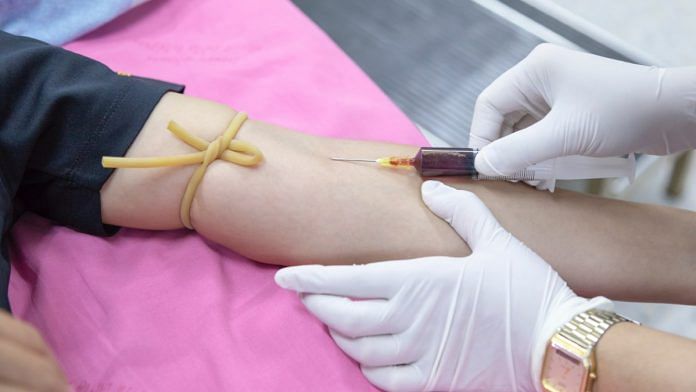While we’re waiting to find a cure or vaccine for Covid-19, a leading treatment is convalescent plasma therapy, which uses antibody-rich blood plasma from a recently recovered patient to boost a sick person’s immune system. After promising initial studies, the Food and Drug Administration recently expanded the therapy’s authorisation for emergency use while full clinical trials are underway.
But convalescent plasma is in short supply: although it’s hard to estimate precisely, some statistics suggest the U.S. may need twice as much as we have on hand.
In a new paper, Parag A. Pathak, Tayfun Sonmez, M. Utku Unver and I propose a market design strategy that could help close the gap. Our approach makes use of two special features of the way plasma donation works.
First, convalescent plasma is collected from recently recovered patients, which means that today’s patients become tomorrow’s prospective donors, assuming they manage to beat the virus. That implies a kind of aggregate market balance: when there are many patients battling Covid-19, there are also many who recently recovered and can donate plasma. That suggests the shortage isn’t from lack of potential supply.
Second, plasma donation is more than one-for-one: the typical donor can give enough plasma at one time for multiple treatments, and they can potentially donate more than once. As a result, assuming plasma therapy does help patients recover, there is a so-called flywheel effect: the more we use the treatment, the more plasma is available — provided enough recovered patients are willing to donate.
Many people would like to donate plasma to help a loved one, but can’t for various reasons: Their blood types might be incompatible or they might live far away and be unable to travel. To address these sorts of obstacles, my collaborators and I suggest that each plasma donor could receive a voucher that can be used to give a family member or friend priority for plasma treatment. Because donation is more than one-for-one, it’s possible to honor vouchers while still increasing the pool of plasma available to treat other patients.
Plus vouchers solve donation timing problems: one can only donate plasma relatively soon after recovering, but a family member might need treatment further down the line. A voucher-based system makes it possible for recovered patients to help take care of their family members even after they themselves no longer have Covid-19 antibodies. And the plasma they donate can be used to treat patients immediately in the meantime, which keeps the flywheel going.
A similar analysis suggests a role for a pay-it-forward system, where we make a point of treating patients who pledge to donate plasma, assuming they recover and are medically able to do so. Because recovered patients can typically donate more plasma than was needed for their own treatment, this again can help increase the plasma supply in the long run. As a result, my collaborators and I show that, somewhat paradoxically, prioritizing patients who pledge to donate can still end up expanding treatment for the patients who are unable to pledge, or just choose not to.
Both of these policies are similar to systems we’ve used to expand kidney donation in the U.S.: Priority vouchers are sometimes granted when a living donor gives a kidney to a third-party before one of their family members needs a transplant. And pay-it-forward incentives are used in kidney exchange chains, where a patient with a medically incompatible prospective donor receives a kidney from a third-party donor, and then their donor later gives a kidney to some other patient. (The longest single-hospital donation sequence of this form had 100 transplants.) Plasma donation is much less risky and medically taxing than kidney donation, so if anything we might expect incentives to work even better here.
In any event, recovered coronavirus patients who decide to become plasma donors are some of the many heroes of this crisis. But we don’t need to rely on their altruism alone.
Also read: Understanding the science behind Israel’s ‘breakthrough’ in search for Covid treatment






